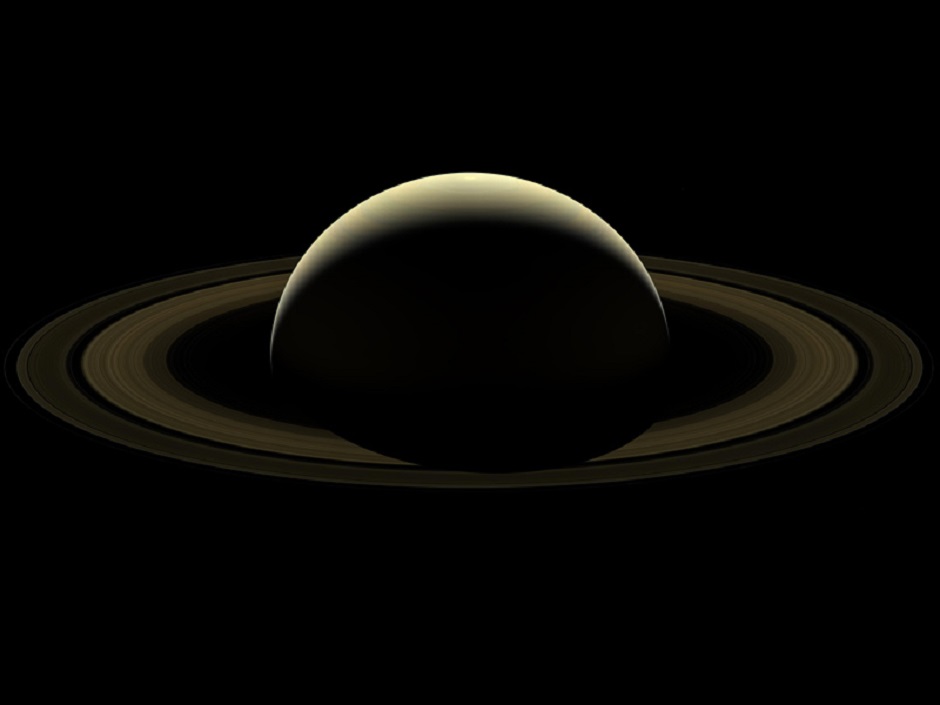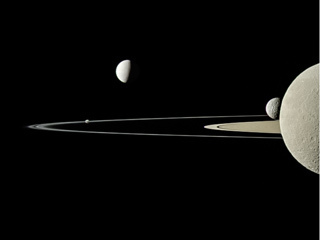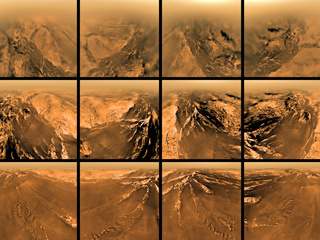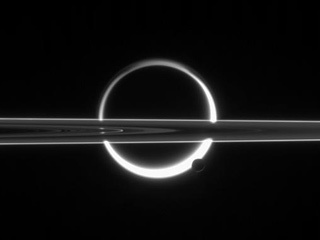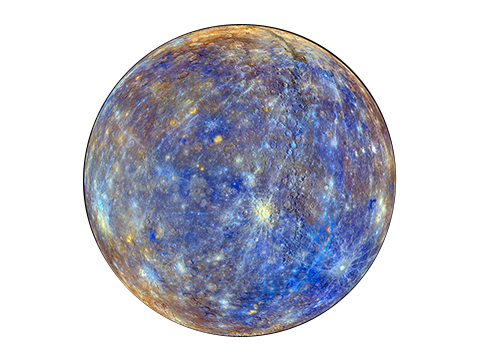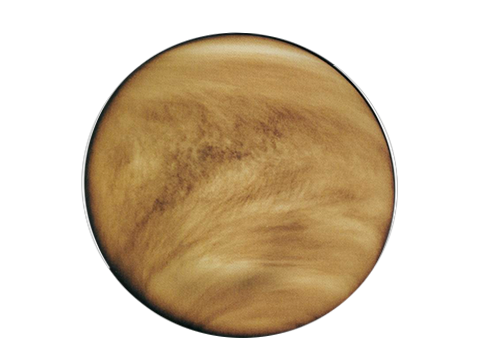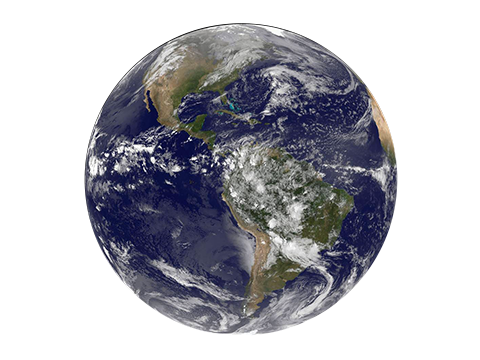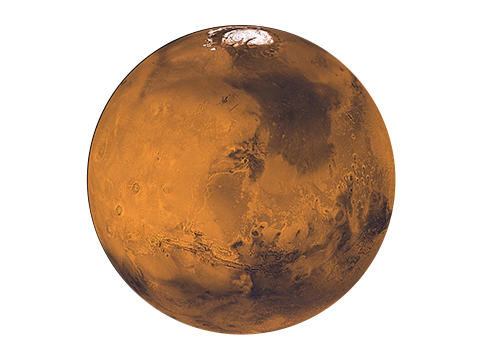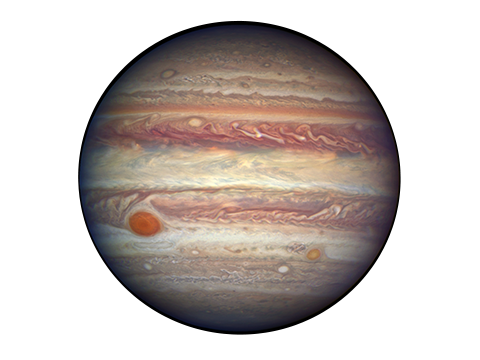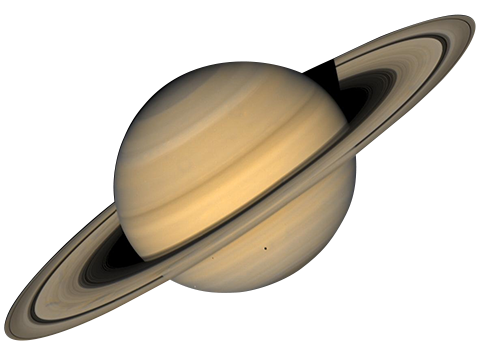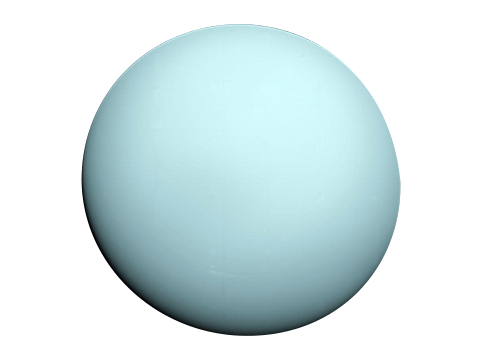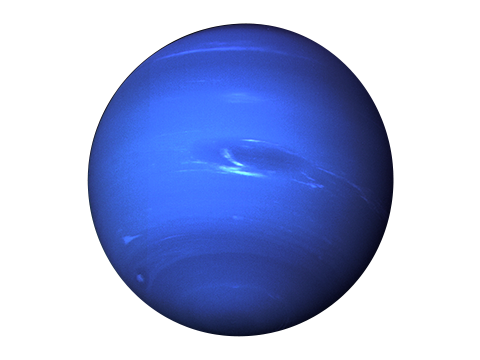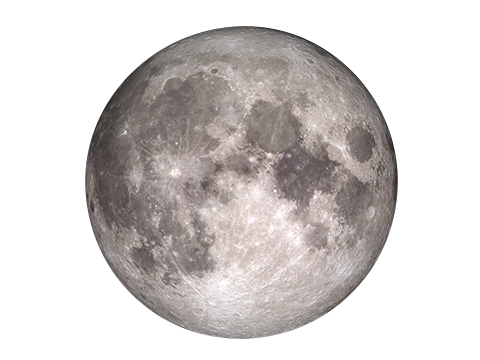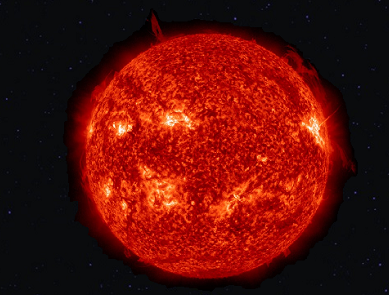-
 SATURN
SATURN
Jewel of Our Solar System
932,015,327 MI
DISTANCE FROM SUN
83.387340 mins
ONE WAY LIGHT TIME TO THE SUN
10,759 Earth Days
LENGTH OF YEAR
Gas Giant
PLANET TYPE
Saturn is the sixth planet from the Sun and the second largest planet in our solar system.
Adorned with thousands of beautiful ringlets, Saturn is unique among the planets. It is not the only planet to have rings—made of chunks of ice and rock—but none are as spectacular or as complicated as Saturn's.
Like fellow gas giant Jupiter, Saturn is a massive ball made mostly of hydrogen and helium.
Go Farther. Explore Saturn In Depth ›
10 Need-to-Know Things About Saturn
1 A COLOSSAL PLANET Nine Earths side by side would almost span Saturn’s diameter. That doesn’t include Saturn’s rings.
2 IN DIM LIGHT Saturn is the sixth planet from our Sun (a star) and orbits at a distance of about 886 million miles (1.4 billion kilometers) from the Sun.
3 SHORT DAY, LONG YEAR Saturn takes about 10.7 hours (no one knows precisely) to rotate on its axis once—a Saturn “day”—and 29 Earth years to orbit the sun.
4 GAS GIANT Saturn is a gas-giant planet and therefore does not have a solid surface like Earth’s. But it might have a solid core somewhere in there.
5 HOT AIR Saturn's atmosphere is made up mostly of hydrogen (H2) and helium (He).
6 MINI SOLAR SYSTEM Saturn has 53 known moons with an additional 29 moons awaiting confirmation of their discovery—that is a total of 82 moons.
7 GLORIOUS RINGS Saturn has the most spectacular ring system, with seven rings and several gaps and divisions between them.
8 RARE DESTINATION Few missions have visited Saturn: Pioneer 11 and Voyagers 1 and 2 flew by; But Cassini orbited Saturn 294 times from 2004 to 2017.
9 LIFELESS BEHEMOTH Saturn cannot support life as we know it, but some of Saturn's moons have conditions that might support life.
10 ADD A DASH OF EARTH About two tons of Saturn’s mass came from Earth—the Cassini spacecraft was intentionally vaporized in Saturn’s atmosphere in 2017.
Did You Know?
Twice every 29 and a half years the great planet Saturn appears ringless.
This is an optical illusion:
Earthlings cannot see Saturn's rings when the rings are edge-on as viewed from the Earth. They are barely visible through powerful telescopes.
Pop Culture
Perhaps the most iconic of all the planets in our solar system, Saturn is heavily present in pop culture.
It provides a backdrop for numerous science fiction stories, movies and TV shows, comics, and video games, including the Cthulhu Mythos, WALL-E, 2001: A Space Odyssey, Star Trek, Dead Space 2 and Final Fantasy VII. In Tim Burton's film Beetlejuice, a dusty, fictional Saturn is populated by giant sandworms. And in the 2014 movie Interstellar, the wormhole that enables the astronauts to travel to another galaxy appears near Saturn.
Saturn is also the namesake of Saturday, arguably the best day of the week.
Kid-Friendly Saturn
Saturn isn’t the only planet to have rings, but it definitely has the most beautiful ones.
The rings we see are made of groups of tiny ringlets that surround Saturn. They’re made of chunks of ice and rock.
Like Jupiter, Saturn is mostly a ball of hydrogen and helium.
Visit NASA Space Place for more kid-friendly facts.
FIVE MOONS AND SATURN
On July 29, 2011, Cassini captured five of Saturn’s moons in a single frame with its narrow-angle camera.
VIEWS OF TITAN FROM DIFFERENT ALTITUDES
This poster shows a set of images acquired by the European Space Agency's Huygens probe descent imager/spectral radiometer, in the four cardinal directions (north, south, east, west), at five different altitudes above Titan's surface.
CANDLE IN THE DARK
We Love the Science and Exploration

